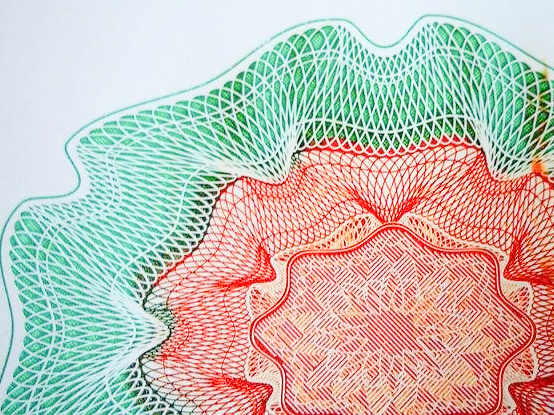Gravure inks are mainly produced by grinding and filtering of binders, polyamide resins, pigments and auxiliaries. The softening point of the polyamide resin should be controlled at 121 °. Otherwise, the resin softening point is low, and the printing adhesion occurs when printing in the rainy season. The softening point of the resin is high, and it will freeze when it is used in winter. It needs to be heated and mixed to dissolve it.
Plastic gravure ink is generally used for printing PE, PP, OPP, NY and other plastic film inks, but it can also be printed in composite flexible packaging. As long as there is no large color block on the printing layout, the composite odor and fastness are still basic. Yes.

Care should be taken when selecting and using plastic gravure composite inks because ink manufacturers have the distinction between high-speed machine fast-drying inks and low-speed machine drying inks when designing inks. The printing speed should be determined by the rotation speed of the gravure printing machine. Otherwise, the rotation speed of the gravure printing machine is slow, the ink is dry in the pit of the gravure dot; the printing speed of the gravure printing machine is not dry.
For retort-resistant plastic flexible packaging or printed aluminum foil, it is necessary to select a two-component gravure ink resistant to cooking and an ink for aluminum foil. Otherwise, the cooking resistance will not be achieved, and the ink in the inner layer after the compounding will be dilute, discolored, and the image is unclear. High temperature resistant materials and retort resistant two-component composites are also required for the production of retort resistant bags.
The surface tension of plastic gravure ink is generally 36 dynes, while the surface tension of PE and OPP is generally only about 32 dynes. This requires that the film undergo corona treatment during gravure printing, destroying the molecular structure of the plastic surface and improving the film. The surface tension is such that it reaches 38 dynes or more, so that the ink and the film are adhesively adhered to each other, and the ink can be removed by hand rubbing and adhesive tape to achieve the printing quality requirement.



